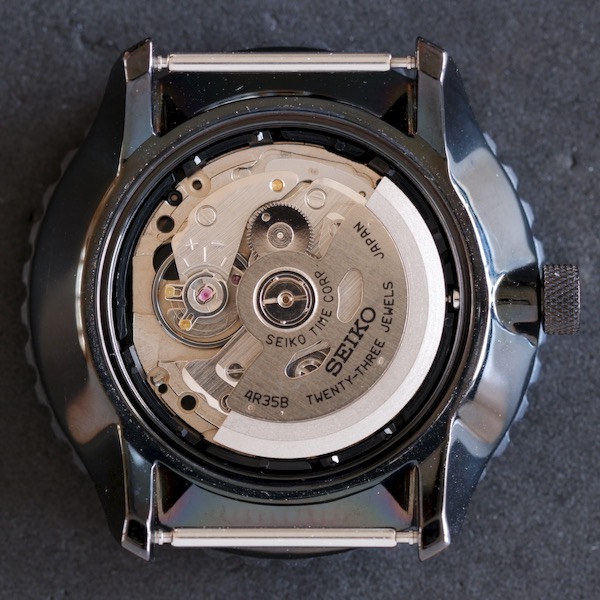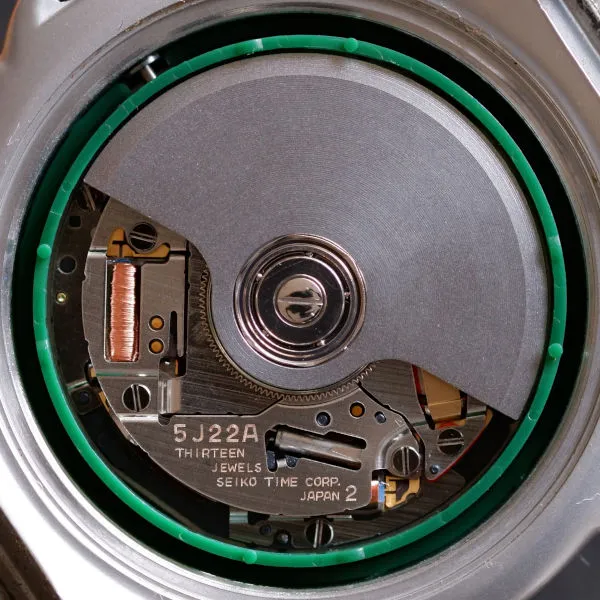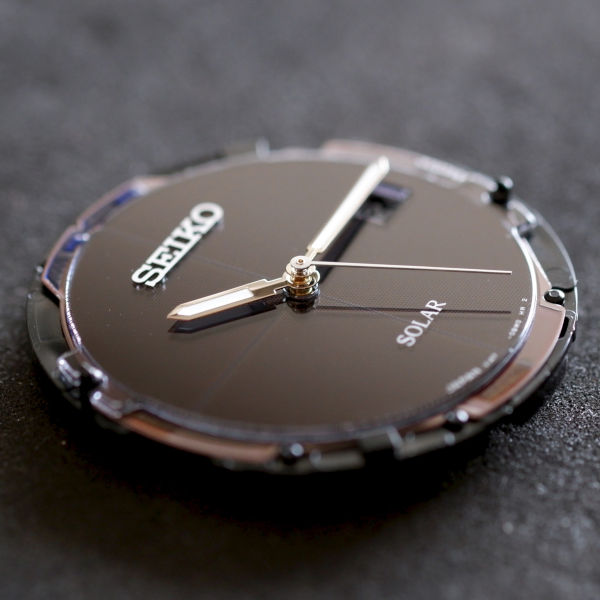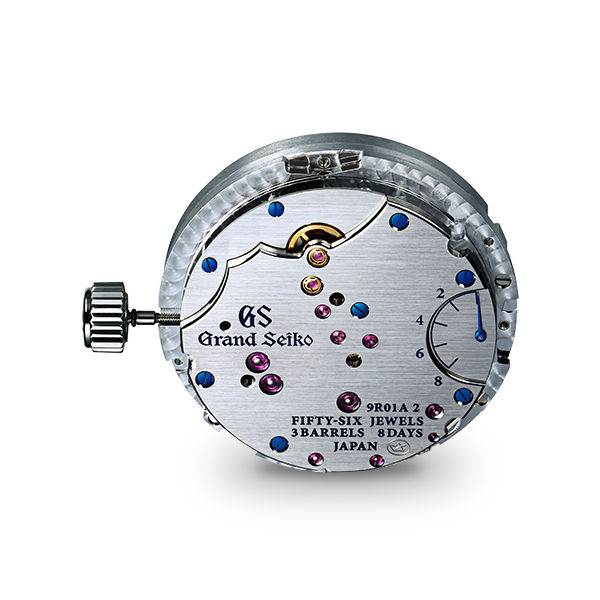What movements do Seiko watches use?
As a brand renowned for producing high-quality watches with movements that are made in-house, Seiko currently uses mechanical (hand-wind and automatic), quartz (including solar and kinetic) and Spring Drive movements in its watches. Here is a breakdown of the different types of movements used in Seiko watches, along with their pros and cons and notable examples:
Mechanical movements

Seiko produces both manual and automatic mechanical movements. These movements are powered by a mainspring, which is wound either by hand or by the movement of the wearer's wrist.
Pros
- Traditional beauty and craftsmanship
- Used in both entry-level and high-end luxury watches
- No need for a battery
Cons
- Requires regular maintenance
- Can be less accurate than quartz movements
- Needs to be wound for use
Notable examples
Quartz movements

Seiko is well-known for its quartz movements after taking the world by storm with the Astron 35SQ in 1969 – the world’s first quartz watch. Quartz movements are powered by a battery and regulated by a quartz crystal, making them highly accurate and requiring very little maintenance. Between 1978 and around 1983, Seiko released several twin quartz movements for even greater accuracy. They also released two quartz movements (5S21 and 5S42) that had a traditional sweeping seconds hand compared to the usual “jumping” seconds hand that other quartz movements have.
Pros
- Highly accurate
- Low maintenance
- Affordable
Cons
- Less traditional beauty and craftsmanship
- Battery needs to be replaced periodically
Notable examples
Kinetic movements

Kinetic (formerly AGS) movements combine the accuracy of quartz with the convenience of automatic winding. The movement of the wearer's wrist generates electricity, which is stored in a battery (capacitor) and used to power the watch.
Pros
- Highly accurate
- Convenient automatic winding
- Usually no need to change the capacitor
Cons
- Doesn’t hold a charge as long as regular quartz movements.
- Capacitor may need replacement after several years.
Notable examples
Solar movements

Solar movements use a solar panel to convert light into electricity, which is used to power the watch. These movements are available in analog or digital format, or both (“ana-digi”), and can run for months on a single charge.
Pros
- Highly accurate
- No need to change the battery
- Environmentally friendly
Cons
- Less traditional beauty and craftsmanship
- Limited to sunlight availability
Notable examples
Spring Drive movements

Spring Drive is a unique movement developed by Seiko. It combines the accuracy of quartz with the beauty of mechanical movements. Spring Drive movements use a mainspring like mechanical movements, but regulate time using a quartz crystal to control “braking” over the mainspring. The result is a movement that is accurate to within one second per day and has a sweeping seconds hand like traditional mechanical movements.
Pros
- Highly accurate
- Beautiful craftsmanship
- Unique technology
- Doesn’t require a battery
Cons
- More expensive than other types of movements
- Requires regular maintenance
Notable examples
Electronic movements

Seiko produced electronic movements in the 1970s, including the Seiko Elnix range, which were a kind of hybrid movement – they were mechanical but needed a battery. These movements used a transistor oscillator instead of a balance wheel to regulate timekeeping. Amateur “watch fettler”, Martin, has beautifully illustrated articles about restoring a Seiko EL-370 and Elnix 0703-7010.
Pros
- Runs for much longer than a manual or automatic mechanical watch
- Has the feel of a mechanical watch, with sweeping seconds hand
Cons
- Less traditional craftsmanship
- Not as accurate as quartz
Notable examples
Thermic movements
Seiko released an unusual thermal movement in 1998, which used body heat to power the watch. The movement included a small thermoelectric generator that converted body heat into electrical energy, and could last for up to 10 months on a full charge. Plus9Time has a really interesting article about the Seiko Thermic movement (and other heat-powered watches).
Pros
- Eco-friendly
- No need to change the battery
Cons
- Limited power reserve
- Limited availability of replacement parts
Notable examples
- Seiko 6C12 (the only example!)
Hand-wound quartz movements
Another unusual Seiko invention was the hand-wound quartz 8T23 movement, which was released in 1986. This movement required manual winding to charge a battery which powered the quartz mechanism. The only downside, and it’s a big one, was that you needed to wind it for three minutes to get three days charge. The crown is bigger than on other watches, for easier winding, but that’s still a lot of effort! This technology was soon replaced by Seiko’s more successful kinetic movements. Plus9Time has a detailed technical look at the Seiko 8T23 movement.
Pros
- High accuracy
- No need to change the battery
Cons
- Requires lots of manual winding!
Notable examples
- Seiko 8T23 (the only example!)
Overall, Seiko has a rich history of developing innovative and unique movements. From traditional mechanical movements to cutting-edge electronic and thermic movements, Seiko has something for every watch enthusiast. To follow up, you might like to read about the most accurate Seiko movements.
If you liked this, check out more articles about repairing, restoring and enjoying Seiko watches.